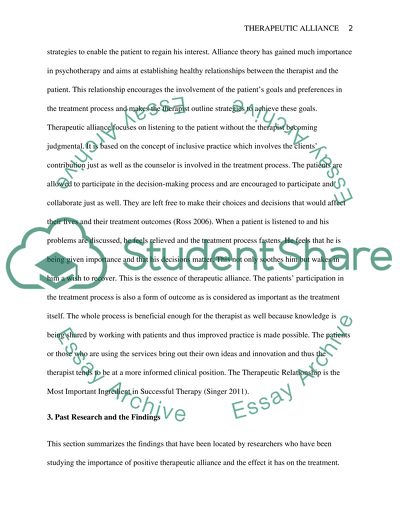Cite this document
(“Therapeutic Alliance Essay Example | Topics and Well Written Essays - 1750 words”, n.d.)
Retrieved de https://studentshare.org/psychology/1405386-therapeutic-alliance
Retrieved de https://studentshare.org/psychology/1405386-therapeutic-alliance
(Therapeutic Alliance Essay Example | Topics and Well Written Essays - 1750 Words)
https://studentshare.org/psychology/1405386-therapeutic-alliance.
https://studentshare.org/psychology/1405386-therapeutic-alliance.
“Therapeutic Alliance Essay Example | Topics and Well Written Essays - 1750 Words”, n.d. https://studentshare.org/psychology/1405386-therapeutic-alliance.


